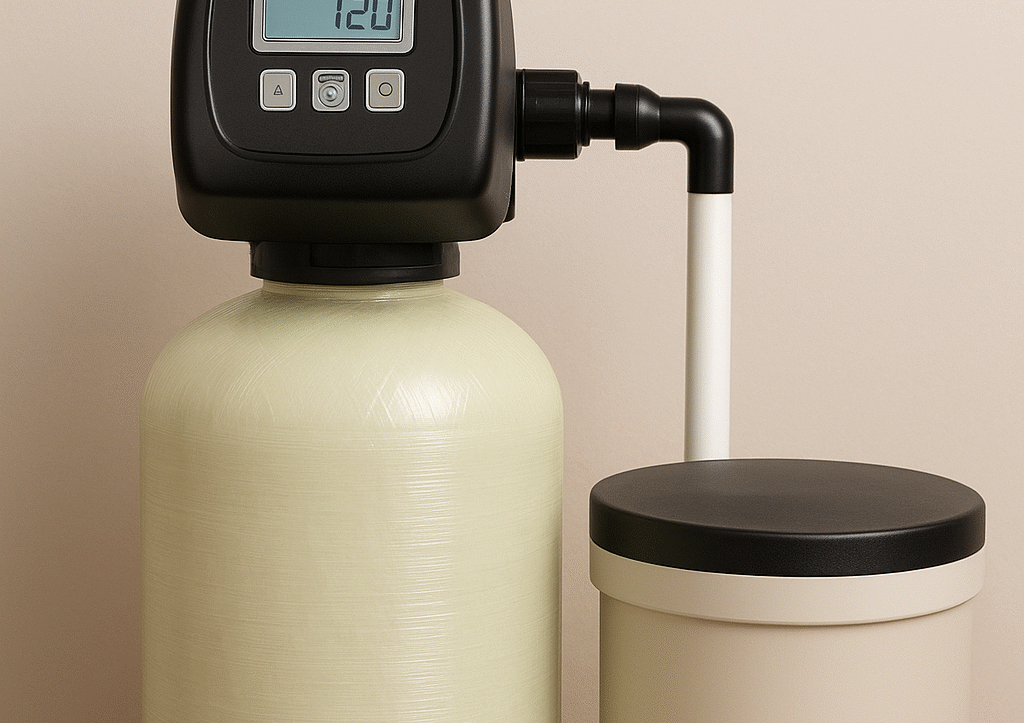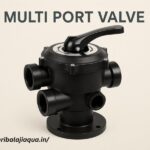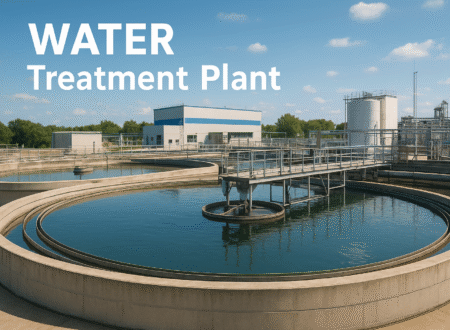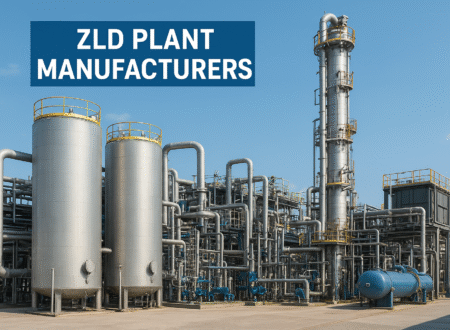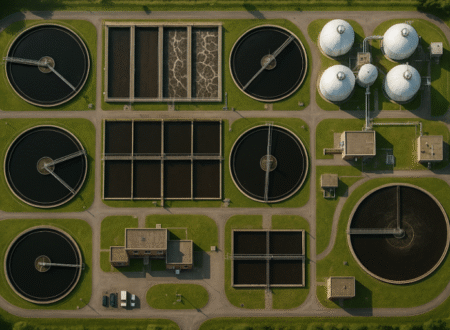In today’s fast-paced world, access to clean, safe, and high-quality water is more important than ever. Whether you’re dealing with hard water stains on your fixtures, skin irritation from bathing, or inefficient appliances due to mineral buildup, improving water quality can transform your daily life. One of the most effective solutions for this is the top mount filter softener, a versatile system designed to tackle hard water issues while filtering out impurities. In this comprehensive guide, we’ll explore how a Top Mount Filter Softener can enhance your water quality, its benefits, installation tips, and much more. If you’re searching for ways to soften water and remove contaminants, this blog will provide all the information you need to make an informed decision.
Water quality enhancement isn’t just about taste—it’s about health, efficiency, and longevity of your home systems. Hard water, loaded with minerals like calcium and magnesium, can cause scaling in pipes, reduce soap effectiveness, and even lead to higher energy bills. A top mount filter softener combines softening and filtration in one unit, making it a top choice for homeowners. By the end of this article, you’ll understand why investing in a top mount filter softener is a smart move for better water quality.
Understanding Water Quality: The Basics
Before diving into the specifics of a top mount filter softener, let’s break down what water quality means. Water quality refers to the chemical, physical, and biological characteristics of water that determine its suitability for various uses, such as drinking, bathing, cooking, and laundry. Poor water quality can stem from natural sources like groundwater minerals or man-made pollutants like chemicals and sediments.
Common Water Quality Issues
1. Hard Water: This is one of the most prevalent problems, affecting over 85% of households in certain regions. Hard water contains high levels of dissolved minerals, primarily calcium and magnesium. Symptoms include white spots on dishes, dry skin and hair, and reduced lather from soaps.
2. Contaminants and Impurities: These can include chlorine, chloramines, heavy metals (like lead and iron), sediments, bacteria, and volatile organic compounds (VOCs). Municipal water treatment often adds chlorine for disinfection, but it can leave an unpleasant taste and odor.
3. PH Imbalance: Water that’s too acidic or alkaline can corrode pipes and affect the efficacy of cleaning agents.
4. Turbidity: Cloudy water due to suspended particles, which can harbor pathogens.
Addressing these issues requires targeted solutions. That’s where water softeners and filters come in, and the top mount filter softener stands out for its dual functionality.
Why Enhance Water Quality?
Enhancing water quality isn’t a luxury—it’s a necessity. According to health experts, poor water can lead to skin conditions, gastrointestinal issues, and even long-term health risks from heavy metal exposure. On the practical side, hard water reduces the lifespan of water heaters, dishwashers, and washing machines by up to 30%. By using a **top mount filter softener, you can mitigate these problems, saving money and promoting well-being.
What is a Top Mount Filter Softener?
A top mount filter softener is an integrated water treatment system that combines ion-exchange softening with multi-stage filtration. Unlike traditional side-mount or bottom-mount systems, the top mount design places the control valve and brine tank connections at the top, making it easier to access for maintenance.
Key Components of a Top Mount Filter Softener
Resin Tank: Filled with ion-exchange resin beads that remove hardness minerals by swapping them with sodium or potassium ions.
Filter Media: Layers of activated carbon, sediment filters, or KDF (Kinetic Degradation Fluxion) media to remove chlorine, sediments, and heavy metals.
Control Valve: A programmable head that manages regeneration cycles, water flow, and backwashing.
Brine Tank: Stores salt for regenerating the resin.
This setup ensures that water passes through filtration stages before softening, providing comprehensive treatment. Models vary in capacity, from 24,000 grains for small homes to over 64,000 grains for larger households.
How Does a Top Mount Filter Softener Work?
The process is straightforward yet effective:
1. Pre-Filtration: Incoming water first hits the filter media, removing larger particles like sand and rust.
2. Softening: Water then flows through the resin tank, where calcium and magnesium ions are exchanged for sodium ions.
3. Post-Filtration: Additional layers polish the water, eliminating tastes, odors, and residual contaminants.
4. Regeneration: Periodically, the system backwashes and regenerates using brine solution to recharge the resin.
This cycle ensures consistent soft, filtered water. Unlike reverse osmosis systems that waste water, top mount filter softeners are efficient, with minimal wastewater during regeneration.
Benefits of Using a Top Mount Filter Softener for Water Quality Enhancement
Investing in a top mount filter softener offers numerous advantages that go beyond basic softening.
Health and Wellness Benefits
Softened and filtered water reduces exposure to harmful substances. For instance, removing chlorine can alleviate skin dryness and eczema, while eliminating heavy metals protects against neurological issues. Families with children or elderly members particularly benefit from purer water for drinking and cooking.
Home Appliance Efficiency
Hard water scales build up in appliances, increasing energy consumption by 20-30%. A top mount filter softener prevents this, extending the life of boilers, coffee makers, and laundry machines. You’ll notice brighter clothes, spotless dishes, and better-tasting beverages.
Cost Savings
Initial costs range from $500 to $2,000, but savings add up. Reduced soap usage (up to 50%), lower repair bills, and energy efficiency can recoup the investment in 2-3 years. Environmentally, it reduces plastic bottle waste by providing in-home purified water.
Environmental Impact
By softening water at the source, you minimize detergent runoff into waterways, promoting eco-friendliness. Many modern top mount filter softeners use demand-initiated regeneration, conserving salt and water.
Aesthetic Improvements
Say goodbye to limescale on faucets and showerheads. Filtered soft water leaves hair shinier, skin softer, and home fixtures gleaming.
In regions with high mineral content, like parts of the Midwest or Southwest, a top mount filter softener is essential for maintaining water quality standards set by bodies like the EPA.
Installation Guide for Top Mount Filter Softener
Installing a top mount filter softener can be a DIY project for handy individuals, but professional help is recommended for optimal setup.
Pre-Installation Steps
1. Test Your Water: Use a home kit or lab analysis to measure hardness (in grains per gallon), iron levels, and pH. Ideal hardness for softening is above 7 gpg.
2. Choose the Right Size: Calculate daily water usage (e.g., 75 gallons per person) and multiply by hardness level to determine grain capacity.
3. Select a Location: Near the main water line, with access to a drain and power outlet. Basements or garages are common spots.
Step-by-Step Installation
1. Shut Off Water Supply: Turn off the main valve and drain pipes.
2. Cut and Connect Pipes: Use PVC or copper pipes to bypass the existing line and connect to the softener’s inlet/outlet.
3. Assemble the Unit: Fill the resin tank, attach the control valve, and connect the brine tank.
4. Program the Valve: Set regeneration frequency based on water usage—typically every 3-7 days.
5. Test and Flush: Run water through the system to remove air and initial resin fines.
Professional installation costs $200-500 but ensures compliance with plumbing codes.
Common Installation Challenges
Space constraints: Top mount designs are compact but require vertical clearance.
High Iron Content: Add an iron filter if levels exceed 3 ppm.
Bypass Valve: Always install one for maintenance without disrupting water supply.
Maintenance Tips to Keep Your Top Mount Filter Softener Running Smoothly
Regular maintenance ensures longevity and efficiency.
Routine Checks
Salt Levels: Refill the brine tank monthly with high-purity salt pellets.
Filter Replacement: Change pre-filters every 3-6 months to prevent clogging.
Resin Cleaning: Use resin cleaner annually if iron is present.
Troubleshooting Common Issues
1. No Soft Water: Check for bridged salt in the brine tank or low salt levels.
2. Salty Taste: Indicates improper rinsing—adjust regeneration settings.
3. Low Water Pressure: Clean or replace clogged filters.
4. Error Codes: Refer to the manual; most valves have digital diagnostics.
Annual professional servicing, costing $100-200, can prevent major breakdowns. With proper care, a top mount filter softener can last 10-15 years.
Comparing Top Mount Filter Softeners with Other Water Treatment Systems
Not all water softeners are created equal. Here’s how **top mount filter softeners** stack up:
Vs. Salt-Free Softeners
Salt-free systems use template-assisted crystallization (TAC) to prevent scale without removing minerals. They’re eco-friendly but less effective for very hard water. Top mount filter softeners provide true softening and filtration, ideal for comprehensive treatment.
Vs. Whole-House Filters
Standalone filters remove contaminants but don’t soften. A top mount filter softener does both, offering better value.
Vs. Under-Sink or RO Systems
These are point-of-use, treating only specific taps. Whole-house Top mount filter softeners ensure soft, filtered water everywhere.
Popular Brands and Models
Look for brands like Shri Balaji Aqua . For reliable options, companies offer high-quality top mount filter softeners tailored to regional water challenges. Their models feature advanced valves and durable tanks, ensuring optimal performance.
Shri Balaji Aqua stands out for its commitment to innovation in water treatment, providing systems that are both efficient and user-friendly. Whether you’re in a hard water-prone area or dealing with specific contaminants, their top mount filter softener is designed to enhance water quality effectively.
Case Studies: Real-World Success with Top Mount Filter Softeners
Residential Example
In a California home with 15 gpg hardness, installing a 48,000-grain top mount filter softener reduced scaling by 90%. The family reported softer skin and 25% savings on detergents.
Commercial Application
A small hotel in Texas used a commercial-grade unit, improving guest satisfaction by eliminating hard water complaints and extending boiler life.
Industrial Use
Factories dealing with process water benefit from customized systems, preventing equipment fouling and ensuring product quality.
These examples highlight the versatility of top mount filter softeners across scales.
How to Choose the Best Top Mount Filter Softener for Your Needs
Selecting the right system involves several factors:
Assess Your Water Needs
Hardness Level: Higher gpg requires larger capacity.
Contaminant Profile: Add UV or carbon if bacteria or organics are present.
Household Size: 1-4 people: 32,000 grains; 5+: 48,000+ grains.
Key Features to Look For
Demand Regeneration: Saves salt by regenerating only when needed.
Digital Controls: For easy programming and monitoring.
Warranty: At least 5-10 years on tanks.
Efficiency Ratings: Look for Water Sense or NSF certifications.
Budget Considerations
Entry-level models start at $400, mid-range at $800-1,200, premium at $1,500+. Factor in installation and maintenance costs.
Where to Buy
Local plumbing stores, online retailers like Amazon, or specialized suppliers. For expert advice, consult providers like Shri Balaji Aqua, known for their robust top mount filter softeners.
Potential Drawbacks and How to Mitigate Them
No system is perfect. Top mount filter softeners add sodium to water, which may concern those on low-sodium diets—opt for potassium-based regenerants. They also require electricity and space. Mitigation: Choose compact, efficient models and install a bypass for drinking water if needed.
Environmental and Sustainability Aspects
Modern top mount filter softeners are designed with sustainability in mind. Low-salt models reduce brine discharge, and some use eco-friendly media. By enhancing water quality at home, you contribute to broader conservation efforts.
FAQs
What is the difference between a filter and a softener?
.A filter removes particles and contaminants; a softener targets minerals. A **top mount filter softener combines both.
How often should I regenerate the system?
.It depends on usage—typically 1-2 times weekly for average homes.
Can it remove bacteria?
Basic models don’t; add a UV sterilizer for microbial control.
Is installation difficult?
.DIY is possible, but pros ensure proper setup.
What’s the lifespan?
.10-20 years with maintenance.
Does it waste water?
Minimal—about 50-100 gallons per regeneration.
Conclusion
Enhancing water quality with a top mount filter softener is a proactive step toward a healthier home and lifestyle. From tackling hard water to filtering impurities, this system offers comprehensive solutions that save time, money, and resources. If you’re tired of dealing with scale buildup or poor-tasting water, consider investing in one today.
For personalized recommendations, reach out to experts in the field. Remember, quality water starts with the right treatment—make the switch and experience the difference.

